The Wonderling
by Mira Bartók
Mira Bartók's world of The Wonderling is strikingly complex: sounds, tastes, colors are all described so vividly that the world practically sparkles. The reading experience can be best described in Bartók's own words: entering the world is like "walk[ing] into a rainbow." It is a place of human/animal hybrids (groundlings), steampunk inventions, dark magic and underground cities; a world of bigotry and class warfare where humans are at the top of a complex hierarchy and groundlings hide on the fringes, often living in abject poverty. Manticores, song-catching machines, powerful night crows and crying gargoyles exist in the Wonderling's present, while the likes of Beethoven and Arthur O'Shaugnessy existed in his past. It’s a world that puts the reader constantly off-kilter, featuring a one-eared, fox/human groundling who can understand animals and also comes from a timeline that includes Arthurian legend. It's impossible to grab hold of the familiar while so much remains fantastical--instead the reader is carried by the current of Bartók's prose to places both uncanny and beautiful.
"Before he was called the Wonderling, he had many names: Puddlehead, Plonker, Groundling, Spike, among others. He didn't mind these much, not even Groundling. The name he truly disliked was the first he ever remembered being called: Number Thirteen." Having lived at Miss Carbunkle's Home for Wayward and Misbegotten Creatures for as long as he could remember, Number Thirteen (so called because he was wearing a pendant bearing that number when he was left in the Home) is used to being downtrodden. Food is scarce, music is forbidden and Miss Carbunkle, the matron of the orphanage, uses the young groundlings as slave labor for her evil machinations. "He could not remember being tucked in at night, of if he had ever been truly loved. What he did recall, however, was a sound from long ago: a beautiful, lilting song." And so Number Thirteen survives life with the Miss Hannigan-like Miss Carbunkle by staying very small, being very quiet and holding the tiny scrap of blanket from his time before close to his heart while he sleeps.
An extremely sympathetic character, Number Thirteen's sorrow is painful to behold. But his sadness is quickly alleviated when he befriends Trinket, a tiny groundling who looks like a wingless bird. She remembers her life before the Home and ignites in Number Thirteen a desire to do something else--to be something else. She renames him Arthur, like the great king of legend, and tells him stories of the world outside, including the Great White City of Lumentown, with its wide river and shining streets. Trinket believes Arthur is genuinely heroic and tries to convince him that the two should escape. At first, Arthur is afraid to leave, convinced that when he gets older Miss Carbunkle will release him. But as time goes on and the torments continue, he realizes that to learn who he is and figure out what he is supposed to do, he must leave the wretched Home.
Through Trinket's steampunk ingenuity, they escape the great, dark walls of Miss Carbunkle's. Outside the Home, "May [is] a hush of doves and morning dew. It [is] ladybirds in bright air, harebells and foxgloves blooming in the loam... May [is] the broad blue lift of the sky above the coppice and the hearth, and above the road to the Great White City of Lumentown." Though the pair set out together, they have a plan to split up: Trinket wants to go to the sea to find her family, Arthur will go to the city to find his past. When their paths diverge, Arthur misses his friend terribly but draws strength from her trust and his namesake and journeys on.
Once in the city, Arthur quickly learns that it is not a safe place for groundlings. Humans--in bright white top hats, with cats on leashes--live in the biggest houses, have the most money and despise the groundlings, forcing them into appalling living conditions and indentured servitude. Trusting and utterly green, Arthur is taken in by a streetwise groundling named Quintus who, like Fagin from Oliver!, teaches the young orphan how to steal to make a living. Young, gullible Arthur believes Quintus really is helping him and does his best to make Quintus proud--but when he's given access to a wealthy human's home to pilfer at will, he cannot make himself steal. Instead, kindhearted Arthur (now known as Spike) explores the home, eventually finding the songcatcher, an invention of such beauty that he makes use of it straight away.
While Arthur tries to gain his footing in the city of Lumentown, Miss Carbunkle makes trips to the city herself. Having always found herself in the shadow of her musically-inclined twin sister, Miss Carbunkle has soured on music altogether. Mechanically minded, she hatches an evil plot to use machines to take away all the world's music. But to make her machines, she needs money and groundling slave labor--both of which Lumentown has to spare.
Bartók's prose is as alluring as the story she weaves. Every song, every food, every object adds texture to the world, layering the known, the unknown and the magical. Her pen-and-ink spot illustrations give the work the feel of classical children's literature, reminiscent of the works of Ernest H. Shepard (Winnie the Pooh) or H.R. Millar (Five Children and It). A gentle, modern-day nod to the children's books of old, The Wonderling is a sweet, uplifting adventure. --Siân Gaetano




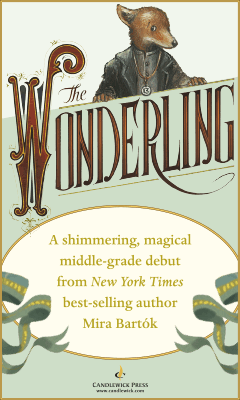
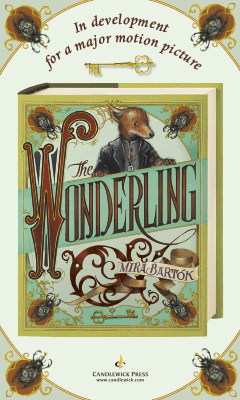
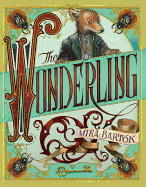

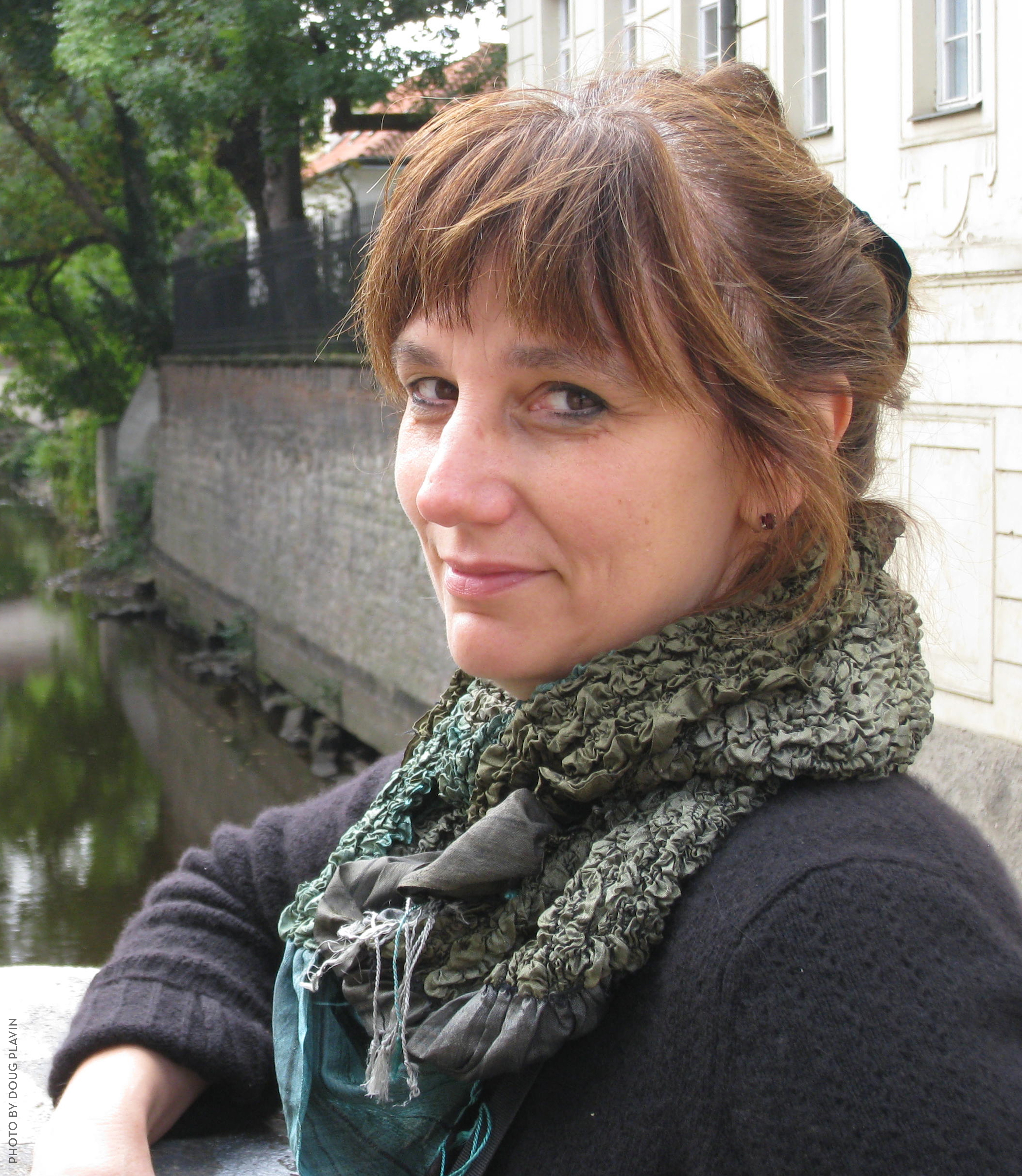 Author and illustrator
Author and illustrator 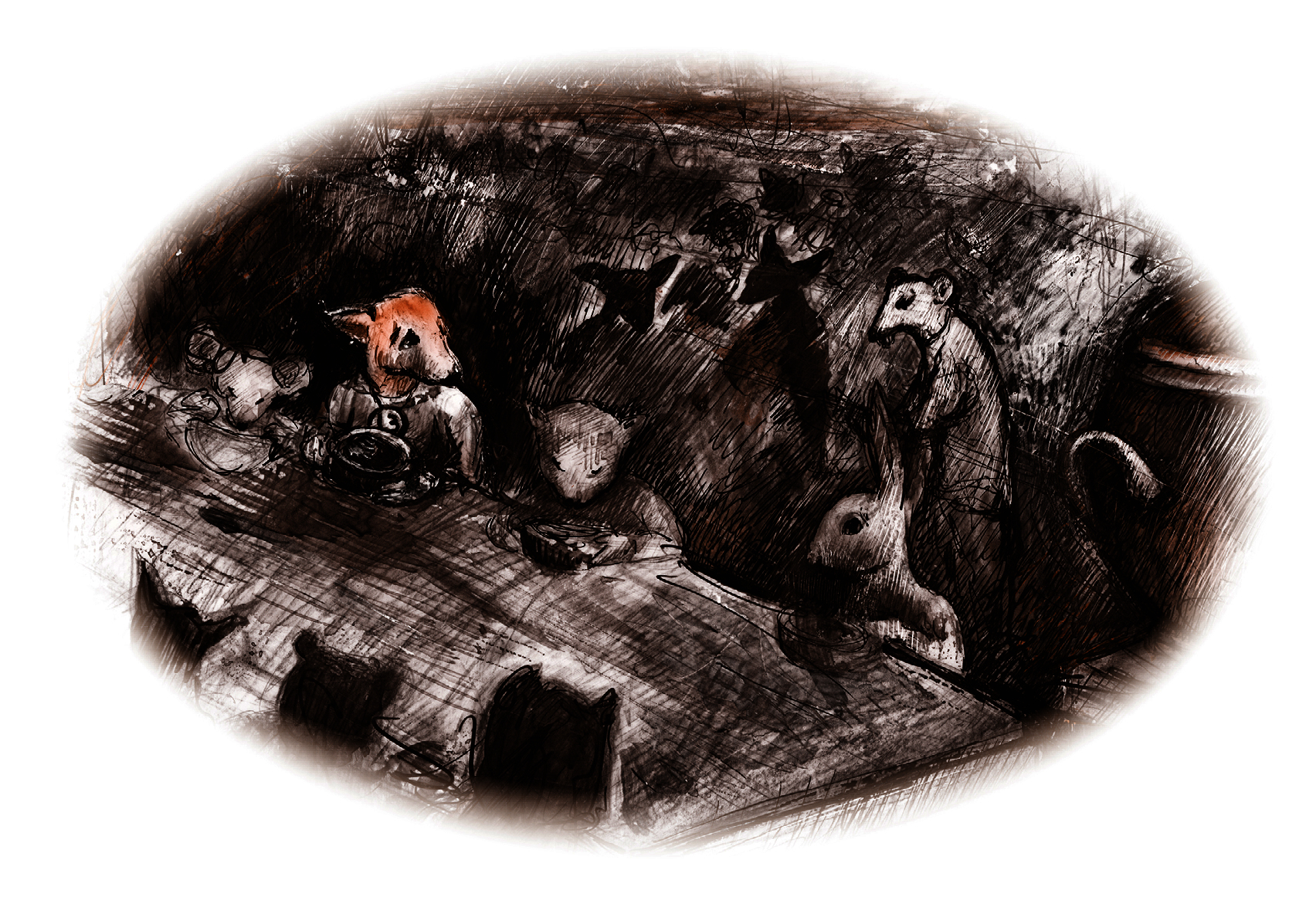
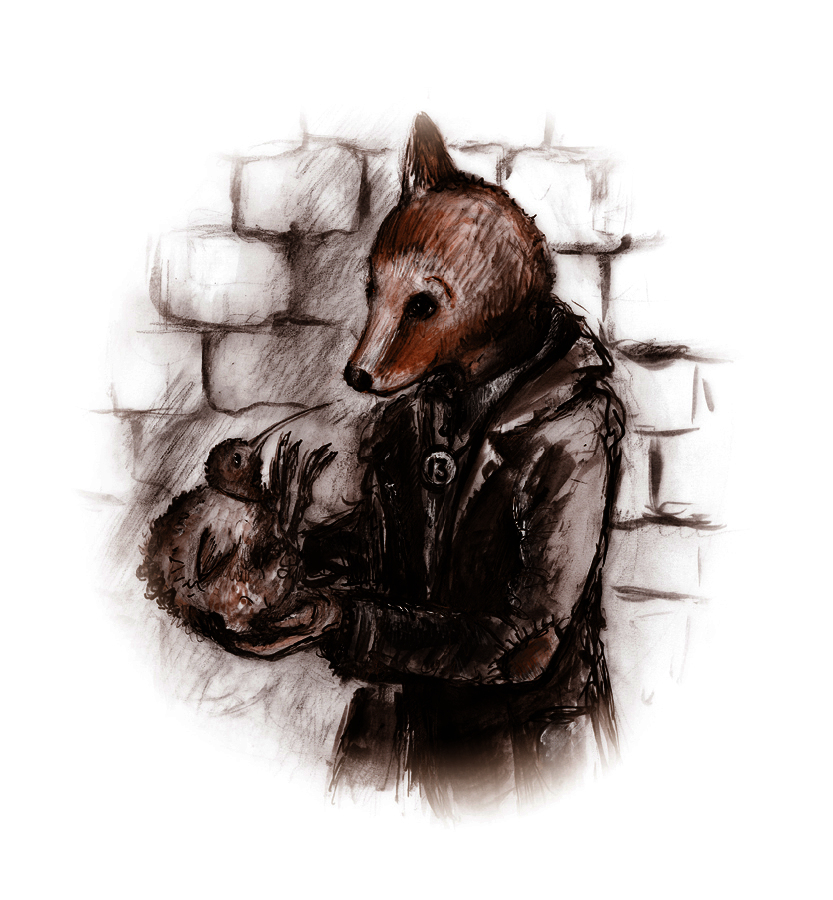 This work has the feel of classic children's literature, in part because of the spot illustrations. Why did you want to illustrate this work? Why this particular style of illustration?
This work has the feel of classic children's literature, in part because of the spot illustrations. Why did you want to illustrate this work? Why this particular style of illustration?